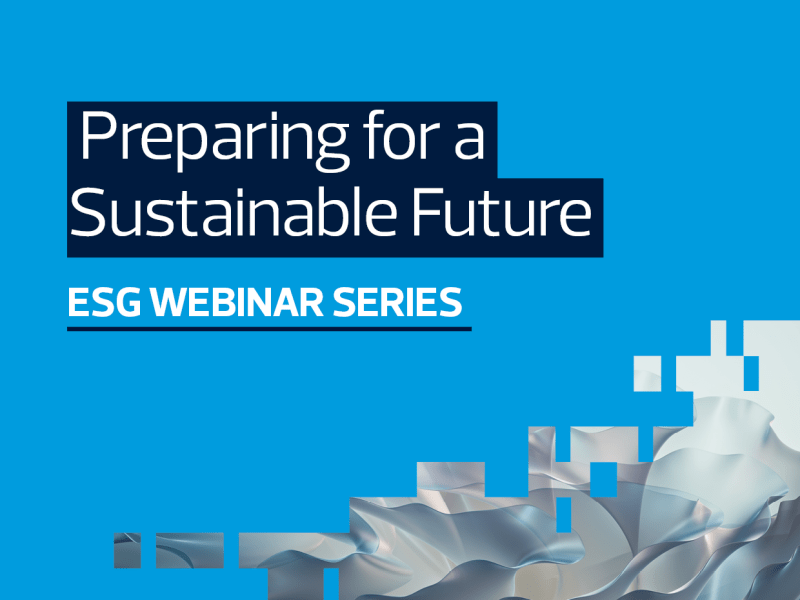AUTHORS


In the global fight against climate change, organisations worldwide are increasingly conscious of their carbon footprint.
To measure this footprint, companies must track the greenhouse gas (GHG) emissions produced in their operations.
Three Types of Emissions
These emissions have been split into three categories, called Scope 1, Scope 2 and Scope 3 emissions.
Scope 1: Direct Emissions
Scope 1 emissions are the direct emissions produced by a company. For example, if your company transports goods across the country, the fuel burnt by the trucks contributes to Scope 1 emissions.
Scope 2: Indirect Emissions from Energy Use
Scope 2 emissions are indirect emissions resulting from energy use. This includes the electricity consumed to power office buildings, lighting, and computer equipment.
Scope 3: Indirect Emissions from Wider Activities
Scope 3 emissions encompass indirect emissions that occur as a result of a company's activities in the wider economy. For instance, when a coal mining company sells coal that is later burnt, the resulting emissions fall under Scope 3.
It is fairly simple to measure an organisation’s Scope 1 and Scope 2 emissions. Measuring Scope 3 emissions are harder to measure, posing a unique challenge. However, just because a thing is difficult, doesn’t mean we shouldn’t do it.
The Role of ISSB and TCFD:
The International Sustainability Standards Board (ISSB) recently proposed new standards that require companies to disclose their financial information about climate-related issues. This positions the ISSB as a key catalyst for change in reporting Scope 3 emissions in the near future.
Including Scope 3 emissions in disclosures is essential for understanding significant risks and opportunities. The Task Force on Climate-Related Financial Disclosures (TCFD) supports the ISSB by providing methods and guidance to enhance the quality of climate-related financial disclosures in mainstream financial reporting.
In this article, we will discuss the difficulties of capturing Scope 3 emissions and provide insights into overcoming these challenges.
Challenges and Solutions
Challenge 1: Complex Supply Chains
One of the primary obstacles in capturing Scope 3 emissions is the complexity of modern supply chains. With multiple tiers of suppliers and subcontractors, accurately tracing and calculating emissions becomes daunting. Adding to the complexity, Scope 3 emissions also includes emissions generated by product use, end-of-life and disposal.
Solution: Start by mapping your supply chain, identify key partners and foster transparency. This will help create a foundation for better emissions tracking.
Challenge 2: Lack of Standardised Reporting
The absence of standardised reporting methodologies for Scope 3 emissions can lead to inconsistencies in data collection and analysis. Comparing emissions across organisations thus becomes difficult.
Solution: Adopt widely recognised frameworks such as the Greenhouse Gas Protocol to ensure consistency in reporting. Collaborate with industry peers to establish standardised practices, which will also improve data quality.
Challenge 3: Insufficient Data Availability
Gathering accurate data on Scope 3 emissions can be difficult, especially when relying on suppliers for information. Unfortunately, incomplete or inaccurate data can hinder effective emissions management.
Solution: Encourage suppliers to adopt robust emissions tracking systems and incentivise accurate data sharing. You can also leverage technology like blockchain or data analytics to improve accuracy and make data exchange easier.
Taking Action
If your organisation is committed to reducing your environmental impact, then you need to capture Scope 3 emissions. This can be achieved by addressing complex supply chains, establishing standardised reporting, and improving data availability. By taking these steps, you will move all of us closer to effective emissions management.
Make a Difference with RSM
Together, we can create a more sustainable future. Let us embrace transparency, collaborate with industry peers, and adopt innovative technologies. By doing so, we pave the way for a greener tomorrow. To get started on your sustainability journey, contact your local RSM office today.






